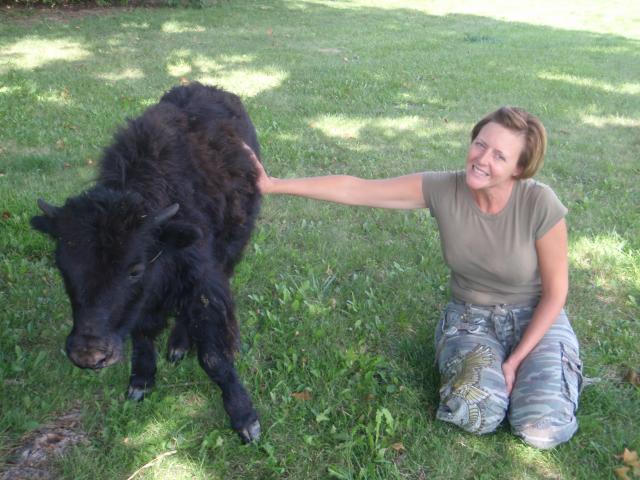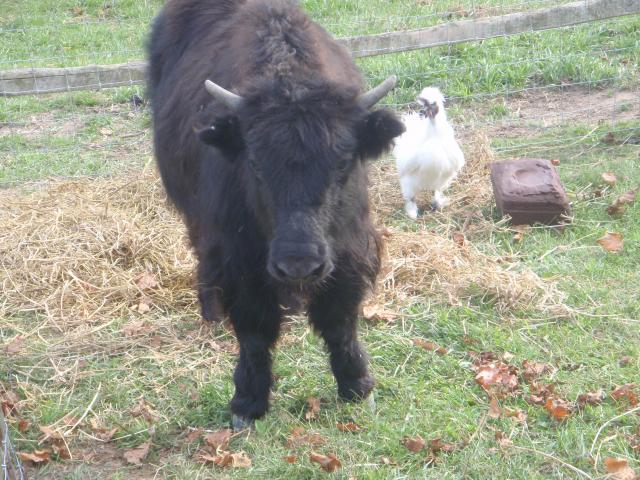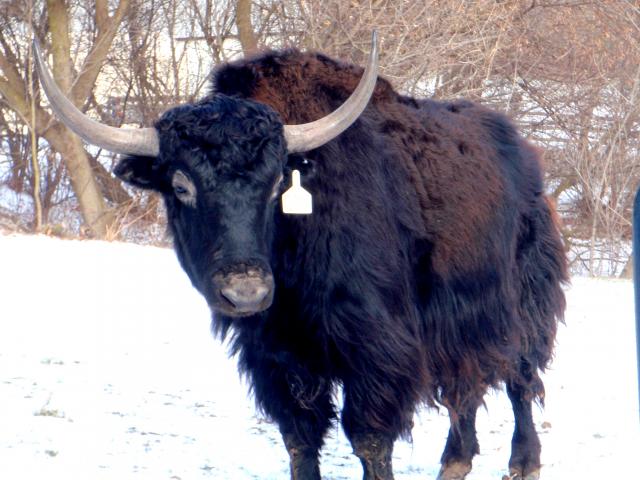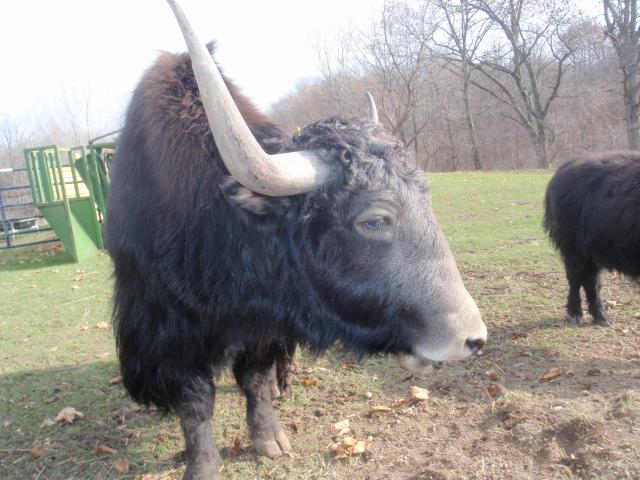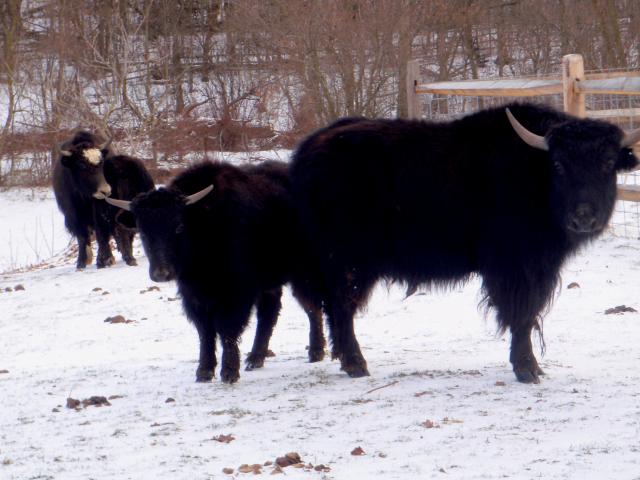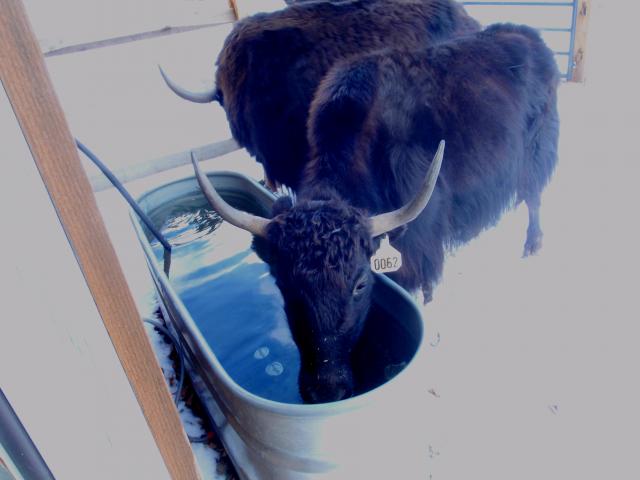Mackay
Almost Self-Reliant
- Joined
- Oct 7, 2008
- Messages
- 1,332
- Reaction score
- 0
- Points
- 128
Amazing!
I've never heard of anyone having a Yak in the US.
What do you do with them?
What is their nature like?
Do you eat Yak meat?
What conditions do they require to live healthy?
I've never heard of anyone having a Yak in the US.
What do you do with them?
What is their nature like?
Do you eat Yak meat?
What conditions do they require to live healthy?

 What do you call a herd of yak/yaks? When you have more than one are they called yak or yaks?
What do you call a herd of yak/yaks? When you have more than one are they called yak or yaks?
